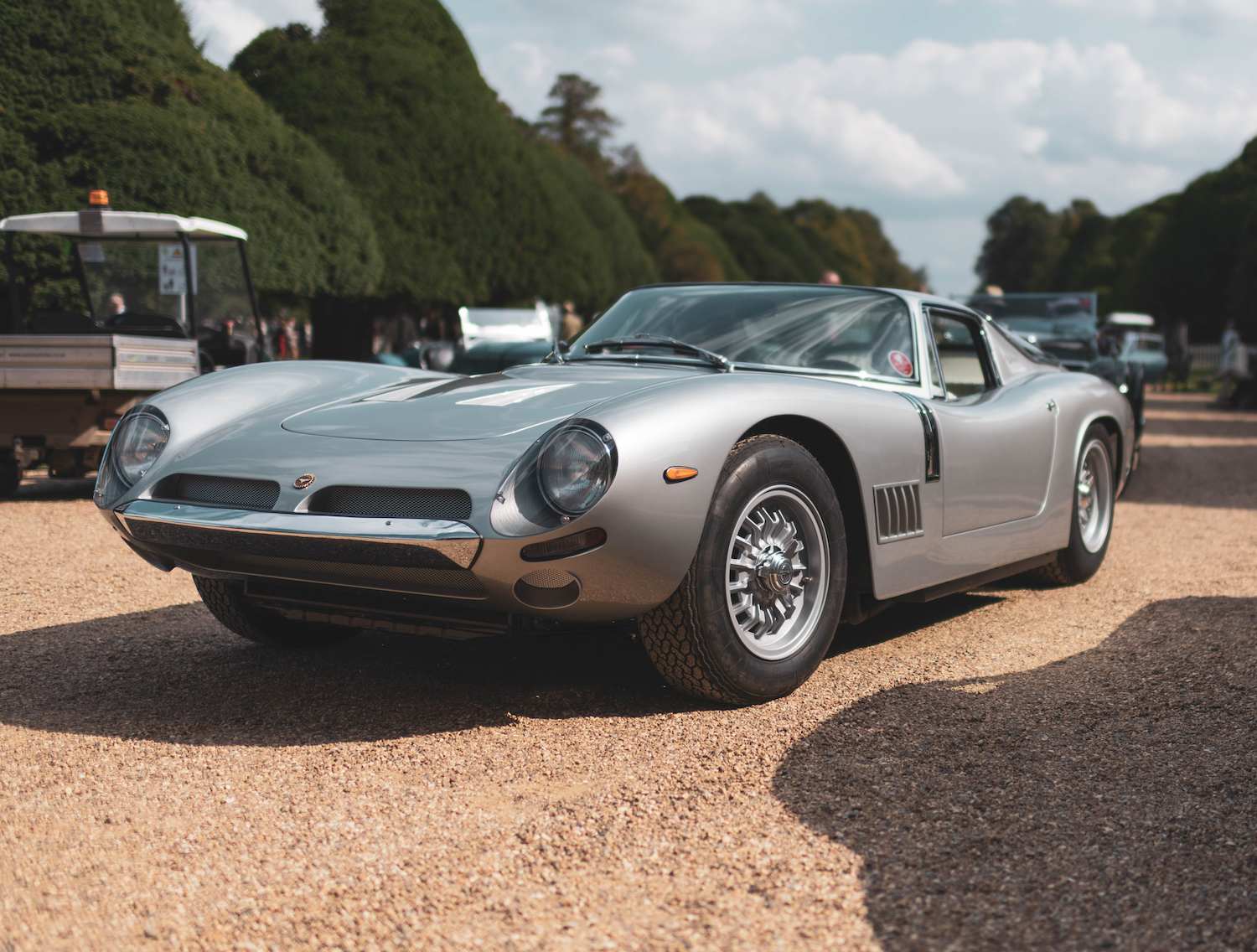Editor’s note: At the 2022 Goodwood Revival, Hagerty will be displaying a rare, 1954 Pegaso Saoutchik Coupé, offering visitors a chance to take in the work of one of the last century’s most acclaimed coachbuilders – Saoutchik. Matt Master recounts the story of the man behind the name.
In the infancy of the automobile, decades before the advent of mechanised production lines and six-figure build numbers, the private car could be as unique to its well-heeled owner as a handmade shoe or bespoke suit. During the early 1900s, the car was also an art form, a source of individual expression that made minor celebrities of the men creating them and established an enduring mythology around their rarefied craft. Perhaps the most visionary of these traditional coachbuilders, sought-after by the great and good across Europe and beyond for almost half a century, was Iakov Savtchuk, better known today as Jacques Saoutchik.
Born in western Russia in 1880, Saoutchik left his homeland at the age of 19, heading with his brother for the bright lights and untold possibilities of fin de siècle Paris. Having trained as a cabinet maker in a small town near Minsk, Saoutchik was able to join a modest furniture business in the 11th arrondissement from where he quickly became familiar with the machinations and mores of his newfound homeland. His sights as a designer and maker were soon set far higher than mere household furniture; Saoutchik had spied a niche in the newly emerging industry of the motorcar.

In 1906, having formerly adopted a more western interpretation of his name, Saoutchik set up his own coachbuilding company in the nearby district of Neuilly-sur-Seine and began building highly elaborate horseless carriage on bare chassis supplied by automotive pioneers like Hotchkiss and Panhard. In a period where the rules of car-making were loosely defined and the clientele invariably insistent on the finer things, Saoutchik spoke to his market with crystal clarity. Even his earliest creations demonstrated an ingenuity, attention to detail and sheer extravagance that was unrivalled anywhere in the world.
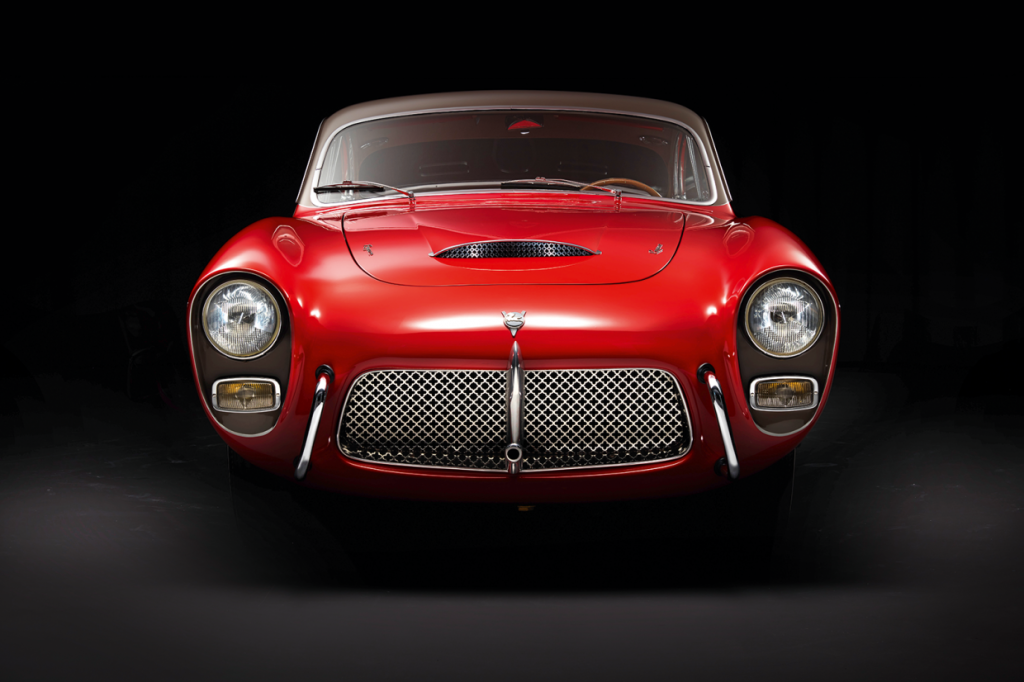
At the Concours d’Élegance de La Grande Cascade, an exhibition designed to introduce Parisian high-society to the wonders of the automobile, Saoutchik’s display was the star attraction, the combination of elegant design and peerless quality cementing his reputation as the definitive ‘manufacture de voitures de luxe’. Cars such as the 22 CV Berliet, completed in 1907, offered a fit and finish hitherto unseen, the lustre of its bodywork and jewel-like details captivating audiences from across the social strata.
Orders began to flood in, from aristocrats and wealthy industrialists to international royalty as far afield as Norway and Spain. In 1911, a commission arrived at the modest premises at 46 Rue Jacques Dulud to design the original Popemobile, built with such characteristic discretion that no pictures have survived.
After the end of the First World War, Saoutchik rose to new heights, developing what was known as the ‘transformable’, versatile and adaptable car bodies that could be fully open or fully closed and a variety of combinations in between. It was during this period that Saoutchik’s flamboyance and attention to detail began to be matched by his innovation. Patents were filed for a wide variety of inventions, including an adjustable windshield, a convertible roof, a window-lowering mechanism and cantilevered doors.
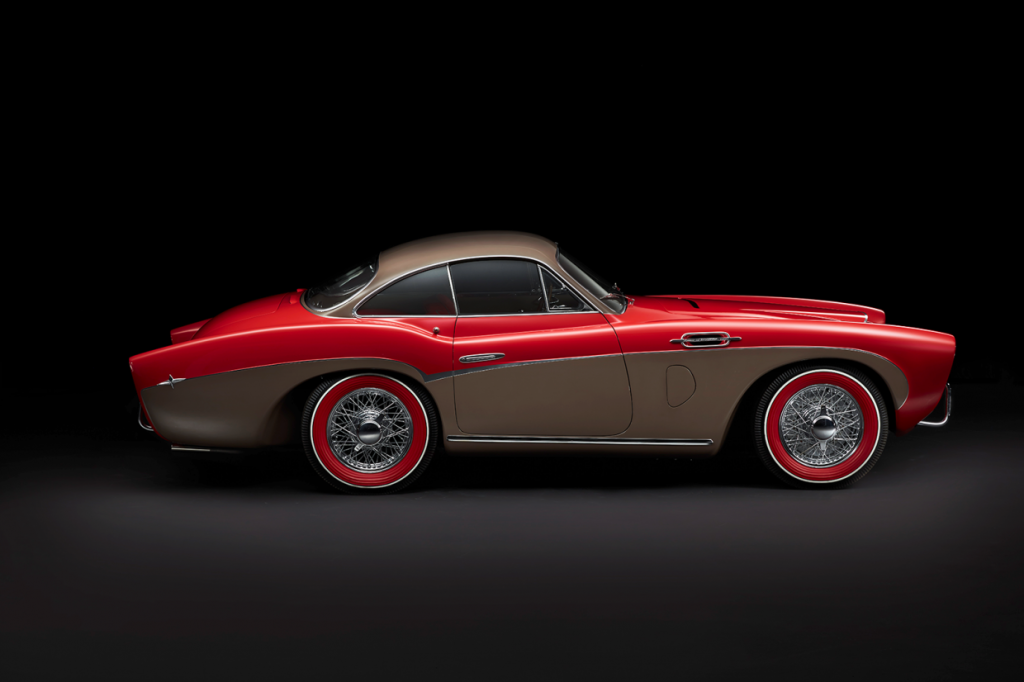
As the century progressed, Saoutchik’s creations evolved in step with rapid and dramatic societal change, becoming increasingly more modern and adventurous as the Art Nouveau landscape around him reshaped contemporary fashions. He supplied cars to the new royalty of Hollywood, Douglas Fairbanks and Mary Pickford famously exporting to their Los Angeles home a Saoutchik-bodied six-cylinder Delage coupé that they had alighted upon at the Paris Salon in 1921. In advertising material, ‘J. Saoutchik, Carrossier De Luxe’ became ‘Le Carrossier En Vogue’, with the promise that his cars were ‘adoptes par les femmes élegantes et sportives dans le monde entire.’ Beautiful to behold, Saoutchik’s cars were even more remarkable to experience first-hand, with sumptuous interiors using exotic hardwoods and finely hand-stitched quilted leathers to provide a level of luxury unprecedented and unrivalled in the world of private transportation.
By the mid-1920s, Saoutchik was working in close cooperation with most of the established engine and chassis builders, with Rolls Royce, Bentley Hizpano-Suiza, Isotta-Fraschini, Minerva and Mercedes all on the books. In 1927, he travelled to the US to visit his brother and engage in some urgent consultancy work for a failing Pierce-Arrow. He returned emboldened by many aspects of American automobile design, bringing the nouveau riche grandiosity of the East Coast aristocracy back to Europe and deploying it with new found vigour.
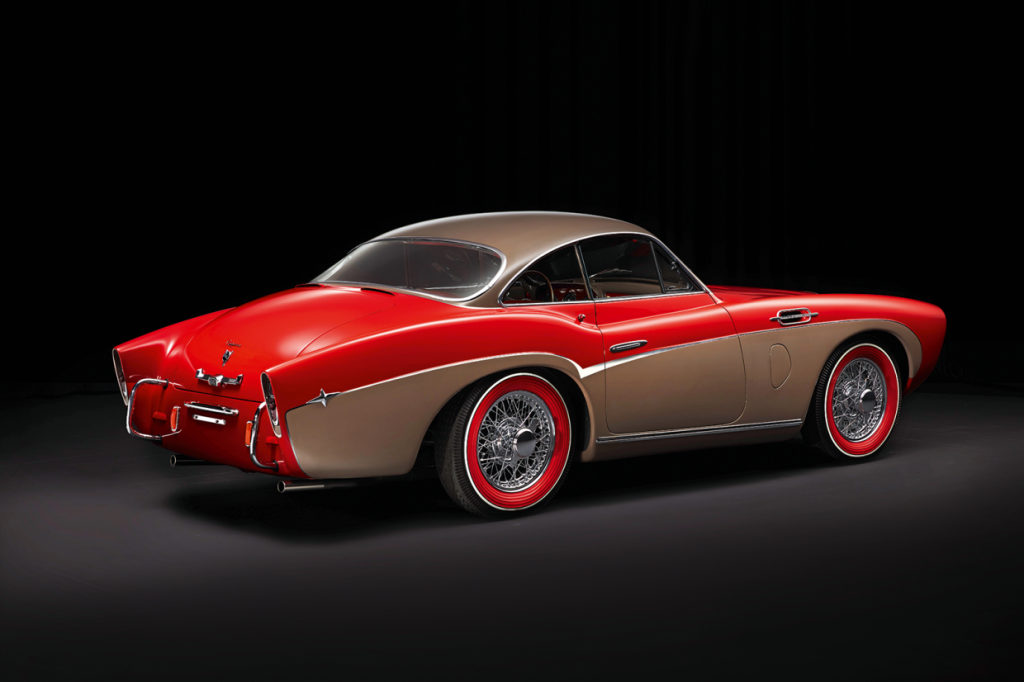
Meanwhile, developments in third party engineering and Saoutchik’s own manufacturing processes were also allowing the traditional, upright carriage of the earlier part of the century to be abandoned in favour of increasingly rakish designs with lower roof lines, sweeping pontoon fenders and vast bonnets. Stately elegance was now sharing space with a new-found dynamism and potency, and the late 1920s became a something of a Zenith for Saoutchik, his cars the perfect accompaniment to an age of excess.
The dream could only last so long, however. The 1930s saw an economic recession grip Europe, the austerity of its aftermath inevitably throttling business for boutique coachbuilders. For the first time in his career, Saoutchik was witnessing a steady decline, alongside the distinct possibility that his artistic vision was no longer the last word. Streamlining was beginning to arrive with the American Art Deco movement, migrating from architecture to automotive by 1934 with the likes of Chrylser and Studebaker, and latterly Tatra and Bugatti, all adopting forms that made little sense to a 19th Century artisan.
The arrival of the Second World War did few favours for Saoutchik either, neither in terms of his business nor his reputation. Accused of collaboration during the German occupation of Vichy France, like many industry leaders who had found themselves of use to the Third Reich – Louis Renault among them – Saoutchik was briefly imprisoned and later forced to pay a substantial 120,000 franc fine as part of plea bargain that revoked the sentence of dégradation nationale, a conviction for national unworthiness that stripped its recipients of political, civil and professional rights.
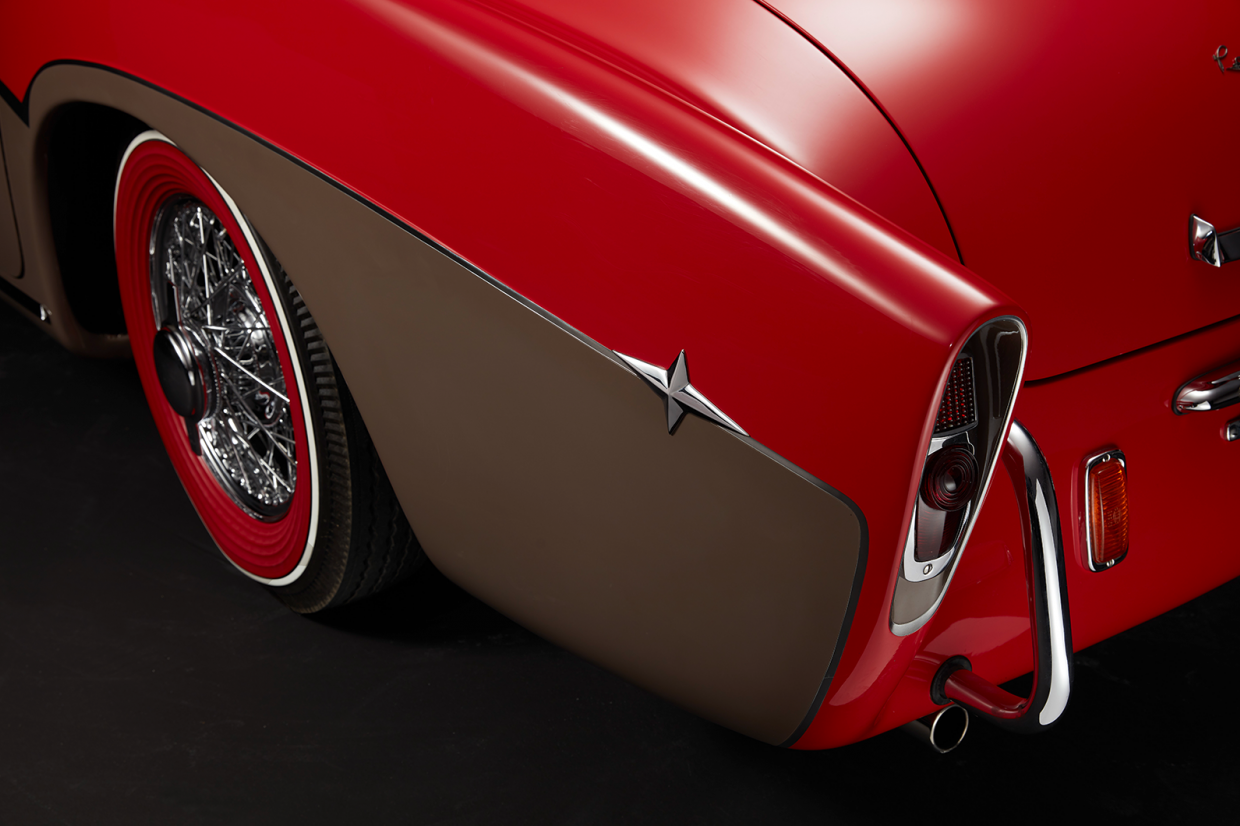
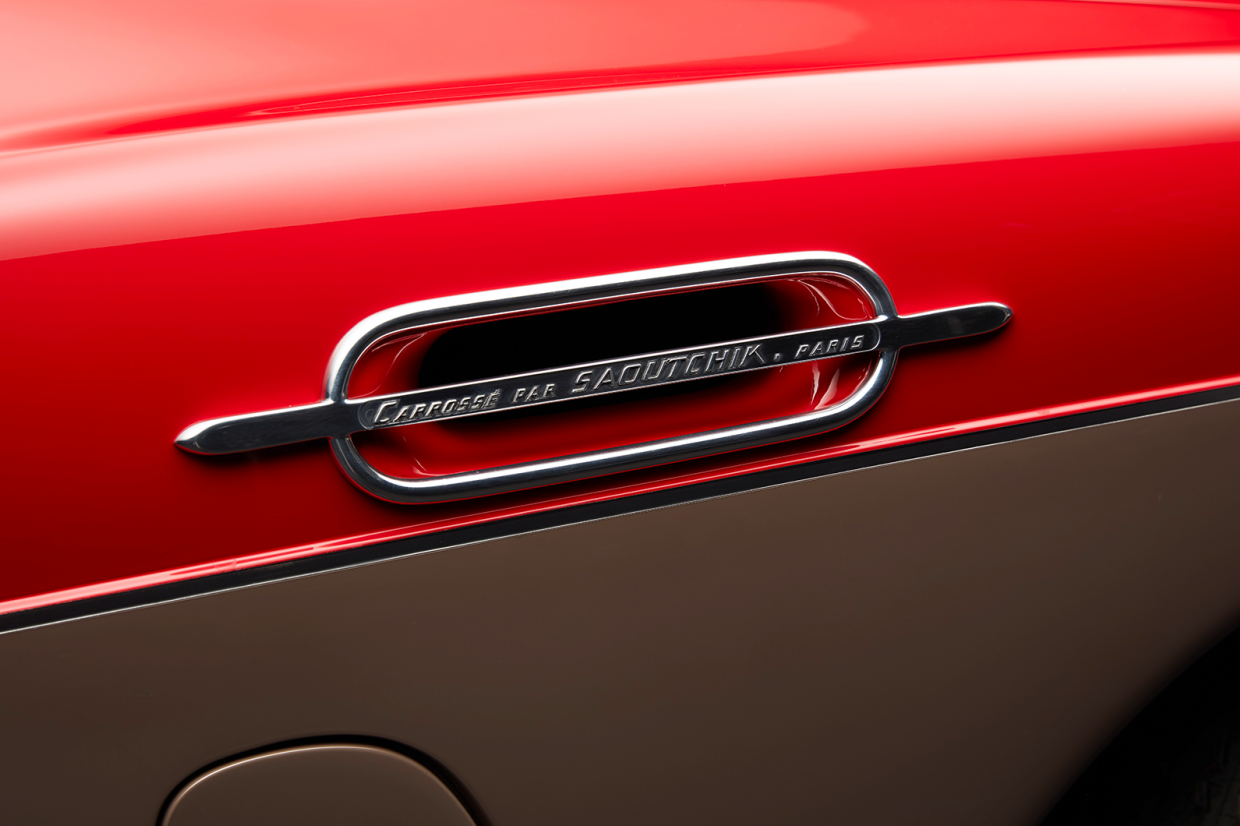
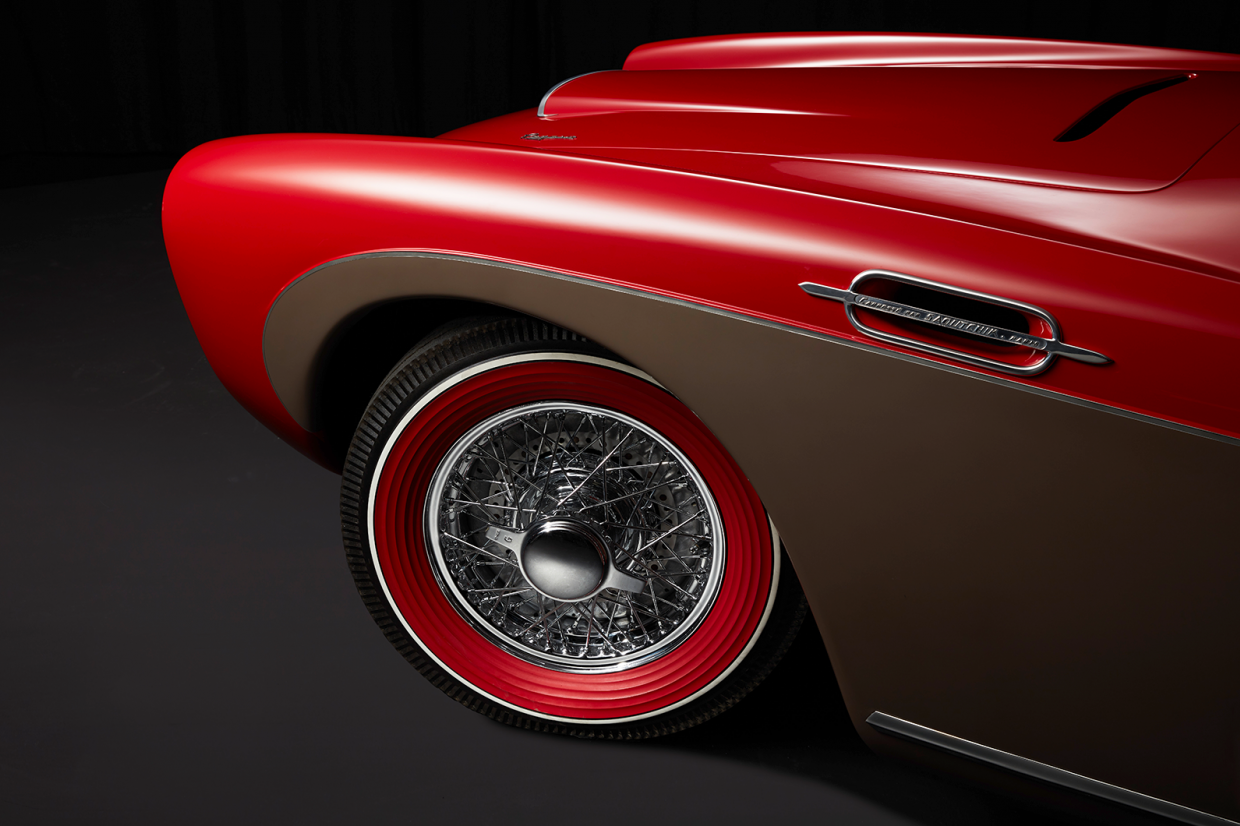
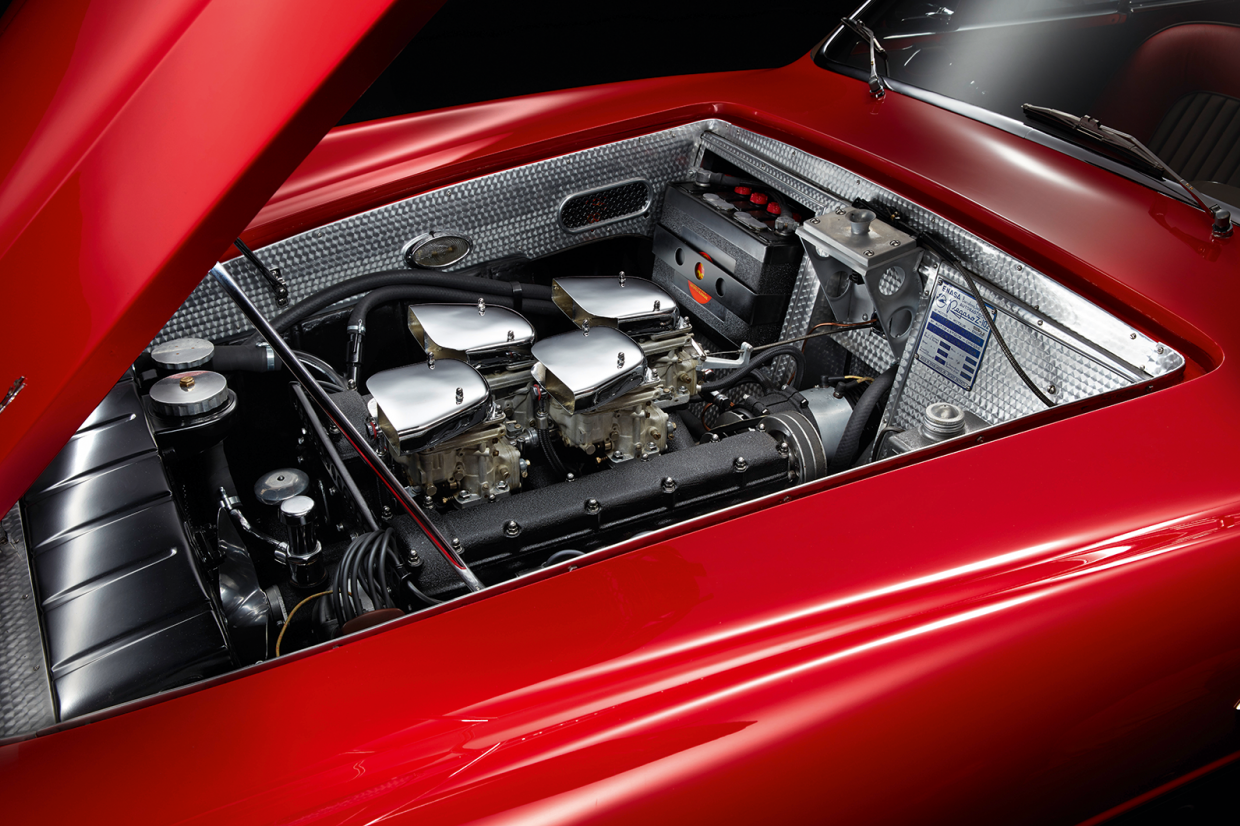
Saoutchik was dispirited and disgraced, perhaps unfairly, and increasingly disengaged from the society that had driven his business and lined his pockets for so long. By 1946, he had largely handed the reins of the business to his son Pierre, who would bring a youthful new dimension to both workshop and easel. While the carrosserie remained busy building relatively conservative state and private transport for leaders of the old world, exciting new relationships were being forged by Pierre, with more future-facing and sporting creations conceived for the likes Talbot-Lago and Delahaye.
In the post-war period, the Saoutchik stable began to embrace vastly more sculptural and aerodynamic forms, a new language with which Pierre could continue to express the interplay between the graceful and the extravagant. Stretched and streamlined bodywork, necessitated by visual drama rather than anything more scientific, was now playing with proportion to an almost comical degree and although Saoutchik Senior, now in his late Sixties, was all too happy to take a back seat, the impact of his son’s own oeuvre was undeniable.
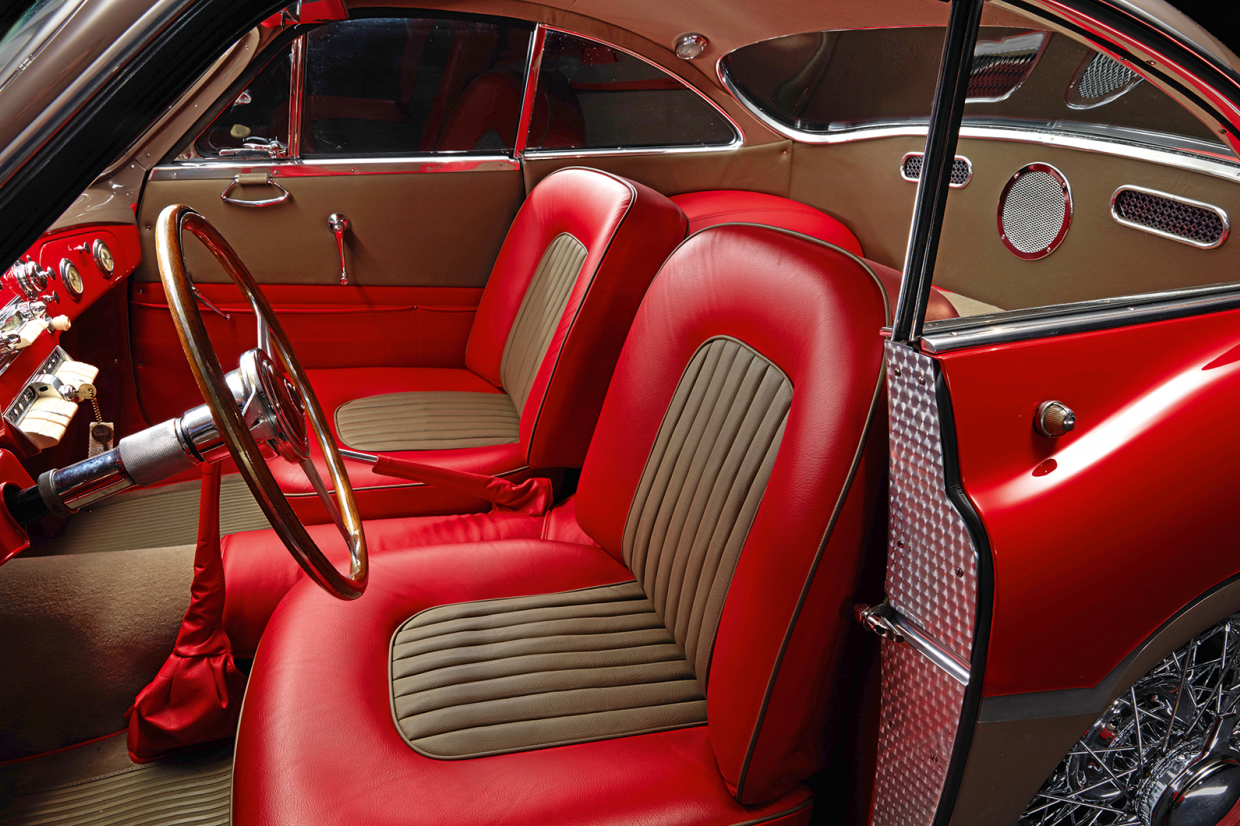
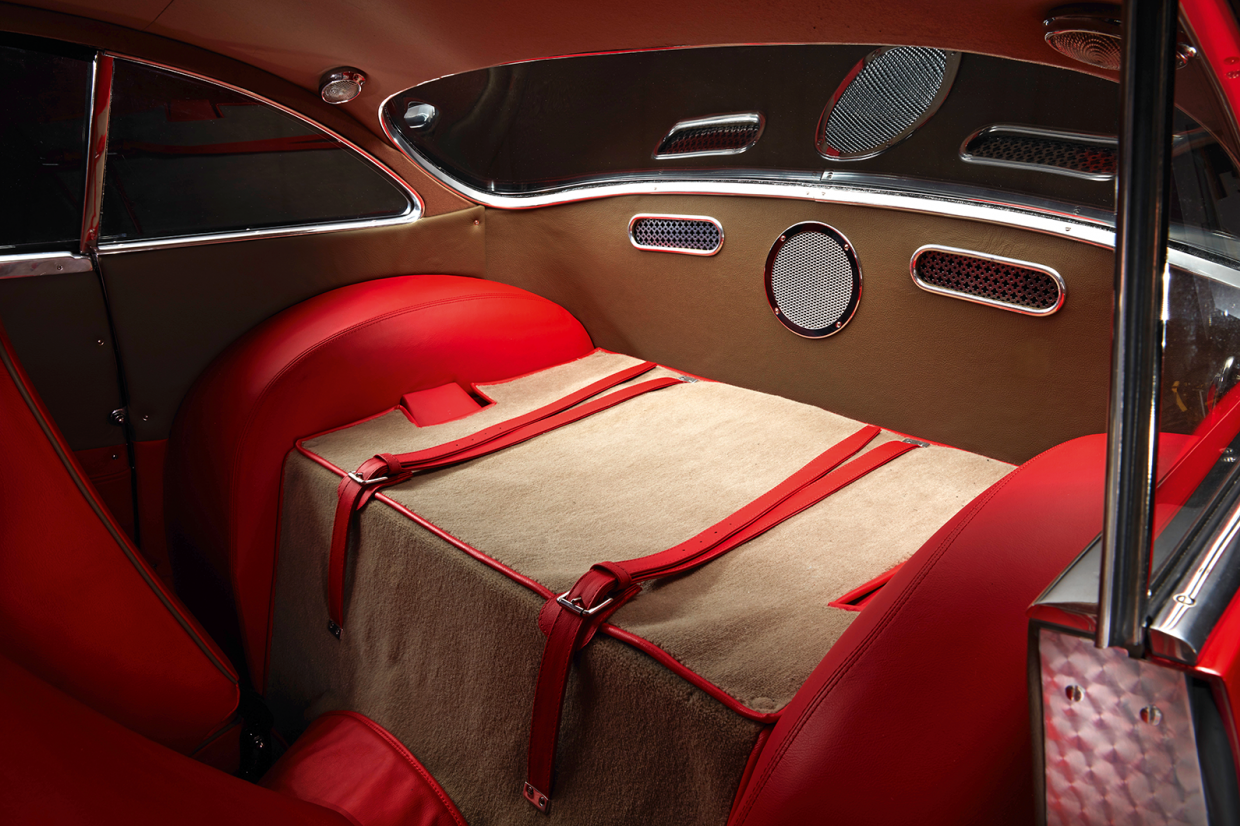
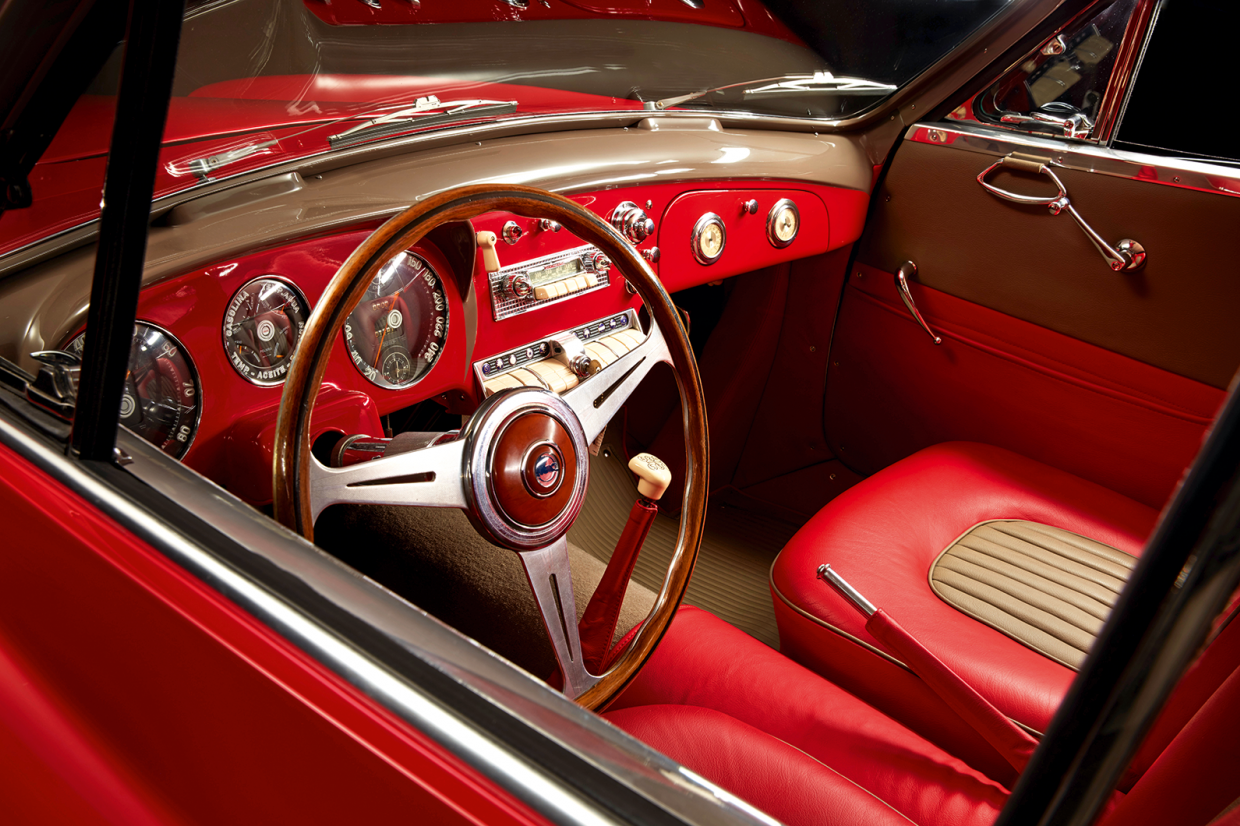
By 1952, Pierre had established a relationship with Pegaso, a Spanish manufacturer of commercial vehicles keen to improve its image with an injection of sporting panache. Over the next two years, Saoutchik would produce 18 cars for Pegaso, both coupé and cabriolet, based around a cutting-edge transaxle design and all-aluminium V8. The Z-102B (seen here) divided opinion, however, with Saoutchik’s trademark flair now at odds with the more conservative designs being offered by the likes of Carrozzeria Touring, who had also been contracted to body a run of cars for Pegaso.
Part of the problem lay in the struggle to adapt to modern manufacturing processes, Saoutchik’s very identity as a coachbuilder bound up as it was in a tradition being left behind by monocoque chassis design. Every example of the Z-102B Saoutchik built was different, prohibitively priced as a result and the styling often too outré to convince enough customers away from more familiar British and Italian exotica to take a punt on a Spanish upstart. Poor sales of the initial run drove what would prove to be the final nail into the company coffin. Amid spiralling debts and diminishing demand for its once coveted services, Saoutchik declared bankruptcy in 1955. Its founder died later the same year.
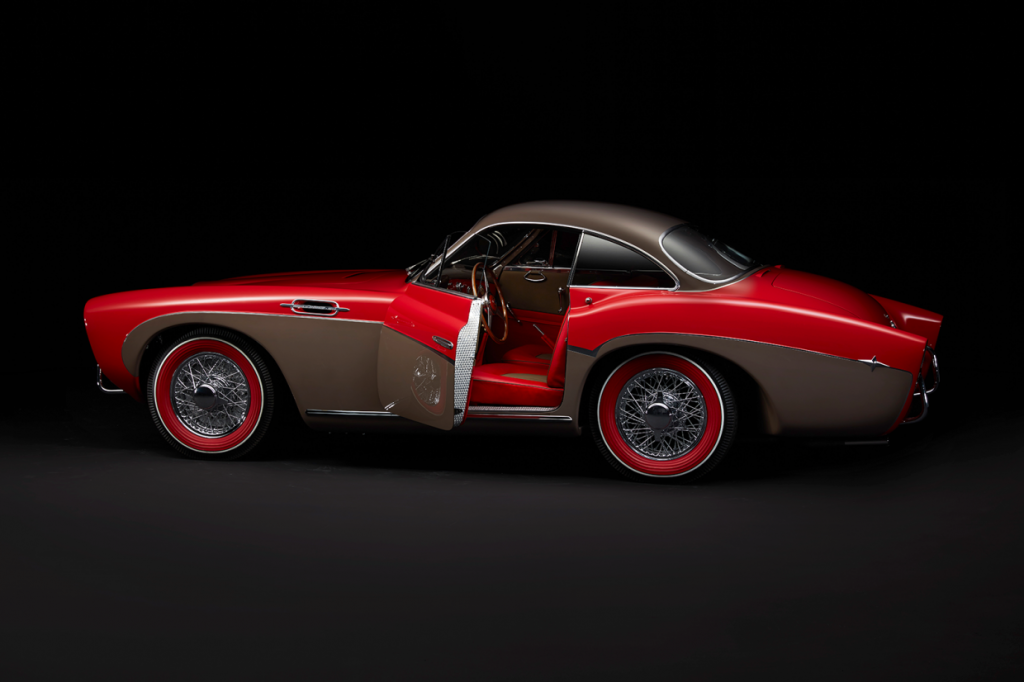
Today, cars of all ages bodied by Saoutchik command eye-watering prices on the rare occasions they are offered for sale, the true value of exacting craftsmanship and daring design appreciated all the more in an era of homogeny and wheeled white goods. For a man now so unfamiliar to most of the motoring universe, Jacques Saoutchik was a remarkable talent whose remarkable cars enriched the automotive landscape forever.
Going to the Goodwood Revival? Don’t miss the Pegaso Saoutchik Coupé (chassis 0146) on Hagerty’s stand, situated in the ‘Over the road’ area.
Read more
The story of Harold Radford, coachbuilder to the rich and famous
Top 10 Mini conversions: Radford, Ogle and more
The One That Got Away: Alan Stote’s search for one of the world’s most beautiful Art Deco cars

